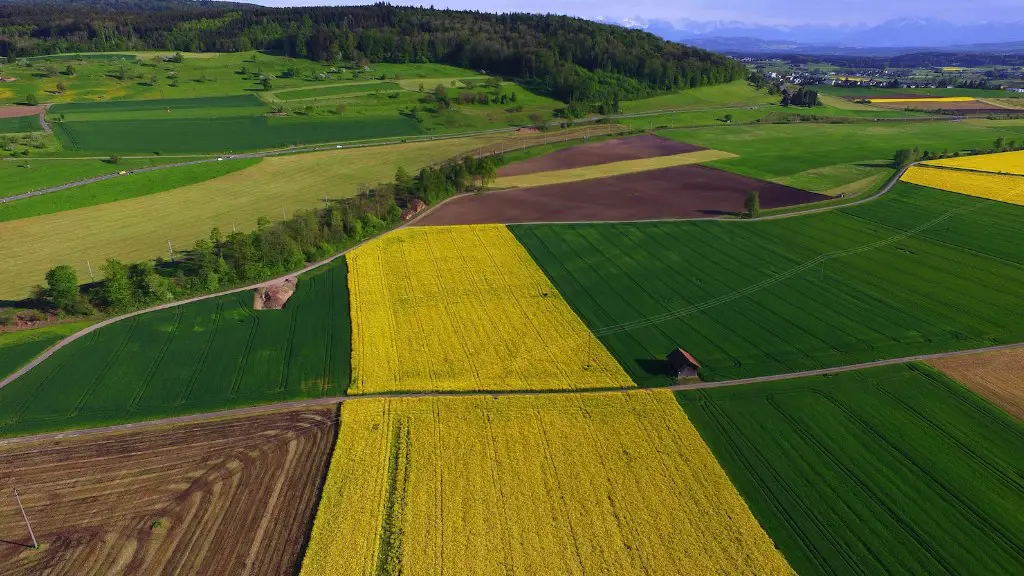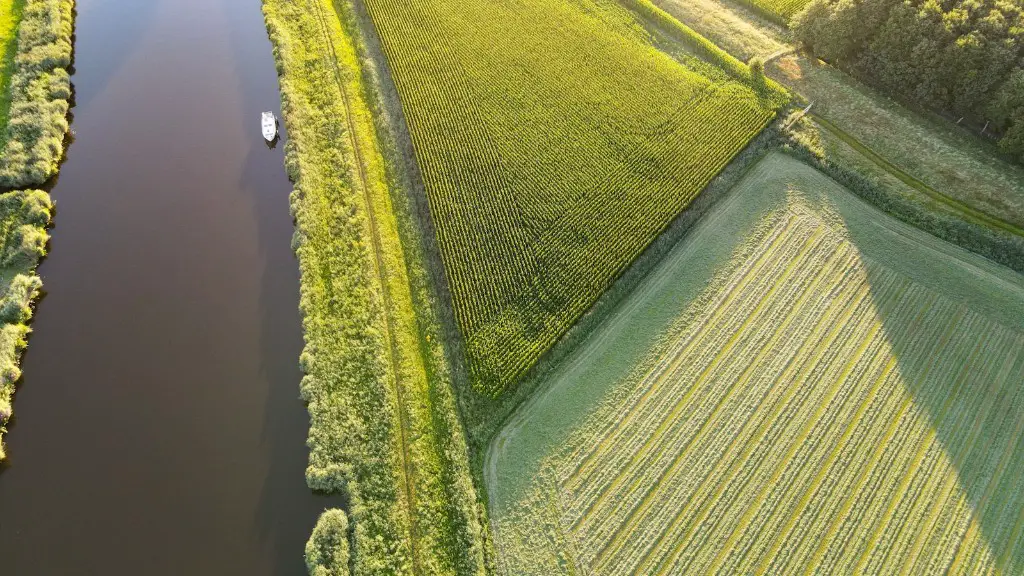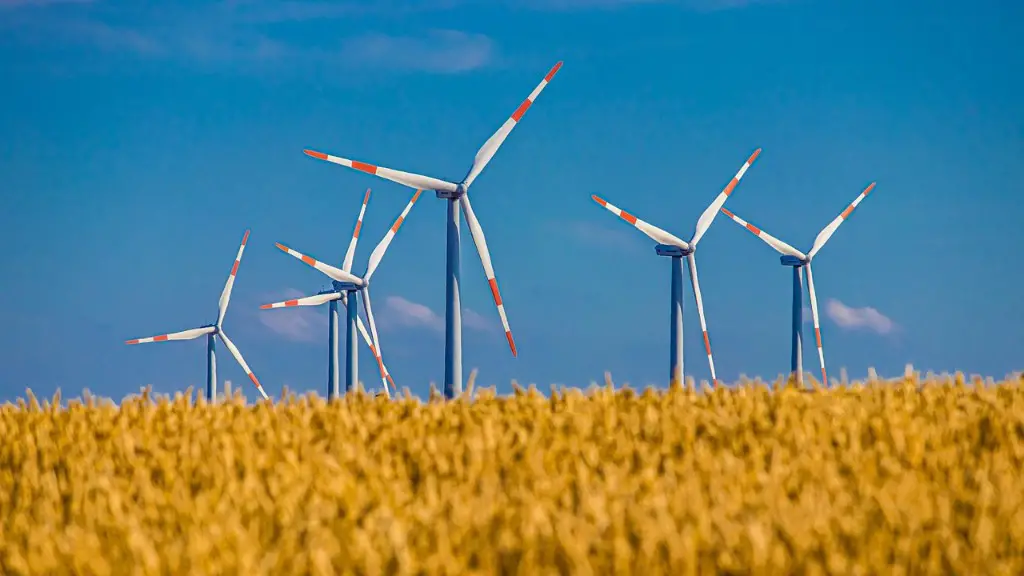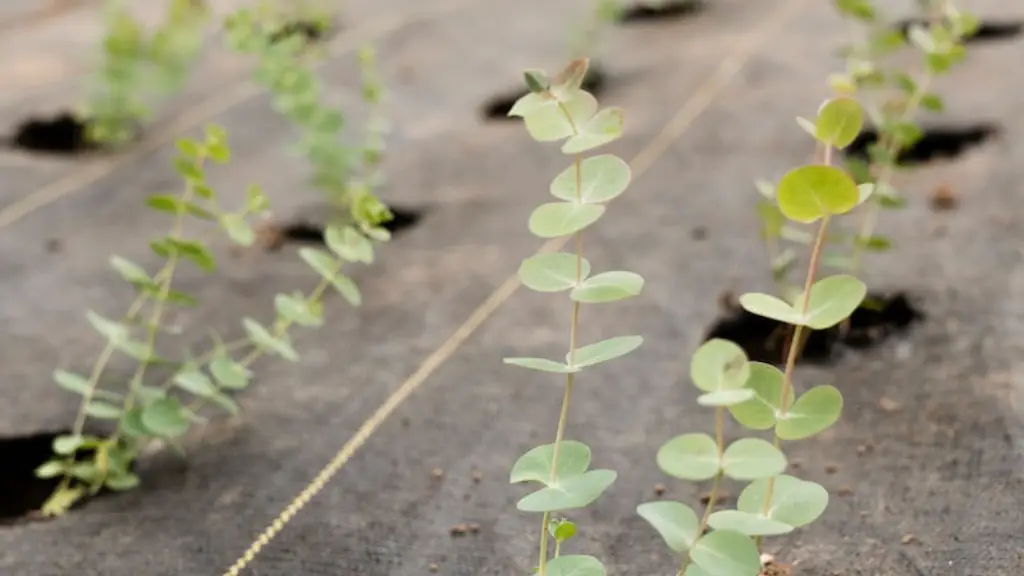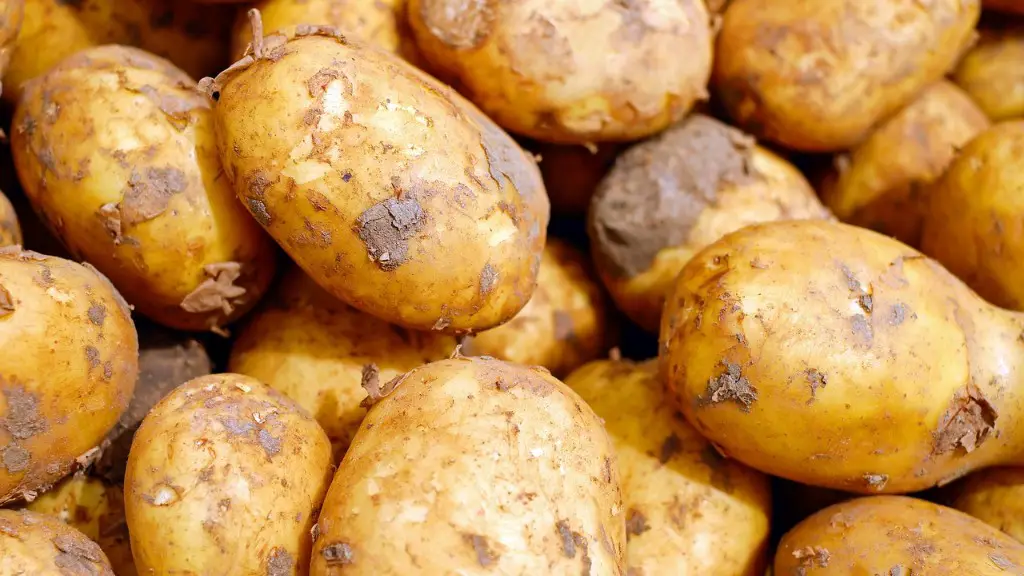The history of agriculture is a long and complicated one that is full of different innovations and methods that have been developed over the years. It is believed that early humans began to domesticate plants and animals for food around 10,000 BCE. This allowed them to settle in one place and not have to constantly move around in search of food. Agriculture allowed for the development of civilizations and the growth of cities. It has been a crucial part of human history and continues to be so today.
The origins of agriculture can be traced back to the time when humans first began to domesticate plants and animals for their own use. Agriculture allowed for the domestication of plants and animals, which led to the development of civilizations and the growth of cities. Agriculture also allowed for the growth of food surpluses, which allowed for the development of trade and commerce.
Where did agriculture begin?
The Fertile Crescent is a region in the Middle East that was home to the earliest farmers. The region includes modern-day Iraq, Jordan, Syria, Israel, Palestine, southeastern Turkey and western Iran. The Fertile Crescent was a naturally fertile area with ample rainfall and ample sunlight. The area supported a wide variety of plants and animals, which made it an ideal place for early human settlement.
More abundant food supplies could support denser populations, and farming tied people to their land. Small settlements grew into towns, and towns grew into cities. Agriculture produced enough food that people became free to pursue interests other than worrying about what they were going to eat that day. This allowed for the development of art, music, religion, and science.
How did agriculture change the world
Farming is one of the most important innovations in human history. It allowed people to grow all the food they needed in one place, with a much smaller group of people. This led to massive population growth, creating cities and trade.
The Fertile Crescent was one of the earliest regions to develop farming, but it was not the only one. Archaeologists have found evidence that farming was independently developed in at least 11 different regions around the world. These regions include Central America, China, and other parts of the world.
How did agriculture start?
Agricultural communities first developed approximately 10,000 years ago, when humans began to domesticate plants and animals. By establishing domesticity, families and larger groups were able to build communities and transition from a nomadic hunter-gatherer lifestyle dependent on foraging and hunting for survival. Through agriculture, humans were able to develop civilizations and establish systems of government, religion, and education. Today, agricultural communities continue to play a vital role in global food production, as well as in the social and economic development of many countries.
The Egyptians were among the first peoples to practice agriculture on a large scale. This was made possible with the development of basin irrigation, which allowed them to grow crops in the desert. The Egyptians used irrigation to water their crops and to provide drinking water for their livestock. They also used it to flush out salt from the soil and to prevent floods.
What are 3 effects of agriculture?
While the development of agriculture can have a positive effect on the natural life, oxygen production, and climate in a region, it can also lead to inorganic nitrate pollution, pesticide pollution, and salinity problems. This is especially true in regions where agriculture is practiced intensively.
Agriculture affects society in many ways. It provides food and jobs for people, raw materials for industry, and helps to build strong economies through trade. Agriculture also has an impact on the environment, through its use of land, water, and other resources.
Did agriculture change society forever
The Agricultural Revolution was a period of time during which humans began to transition from hunting and gathering to a more agrarian lifestyle. This period of time changed humanity forever, as it allowed for the development of civilizations and the growth of cities and states. The Agricultural Revolution was a major turning point in human history and had a profound impact on the way we live today.
Agriculture plays a vital role in the US economy, contributing around $1264 trillion to the country’s gross domestic product (GDP) in 2021. This sector accounts for 54 percent of the US economy and employs millions of Americans.
The output of America’s farms alone contributed $1647 billion to the US GDP in 2021, making agriculture one of the country’s most important industries. The agriculture industry is expected to continue to grow in the coming years, providing more jobs and economic opportunities for Americans.
What is the main impact of agriculture?
Agriculture is the leading source of pollution in many countries Pesticides, fertilizers and other toxic farm chemicals can poison fresh water, marine ecosystems, air and soil They also can remain in the environment for generations. Reducing pollution from agriculture will require changes in farming practices and the use of less toxic chemicals.
Agricultural products and methods vary greatly from one part of the world to another. In general, agriculture provides most of the world’s food and fabrics, including cotton, wool, and leather. It also provides wood for construction and paper products.
When did agriculture begin —
Agriculture was developed at least 10,000 years ago, and it has undergone significant developments since the time of the earliest cultivation.Independent development of agriculture occurred in northern and southern China, Africa’s Sahel, New Guinea and several regions of the Americas.AGriculture allowed for the domestication of plants and animals, which led to the development of civilizations. Agriculture allowed for the growth of cities and the rise of civilizations. It has also played a significant role in the industrial revolution and the development of technology.
The new study paints a different picture: it shows that the first farmers actually represented a mixture of Ice Age hunter-gatherer groups, spread from the Near East all the way to south-eastern Europe. This suggests that the domestication of plants and animals was a more complex process than previously thought.
What was the first type of agriculture?
Since the beginning of the Neolithic era, humans have been inventing new ways to cultivate crops. The eight Neolithic crops were emmer wheat, einkorn wheat, peas, lentils, bitter vetch, hulled barley, chickpeas, and flax. The Neolithic era ended with the development of metal tools.
The history of agriculture is a long and storied one, full of highlights and lowlights. It began with human beings as hunters and gatherers, and has progressed (or regressed, depending on your perspective) through the development and cultivation of plants and animals for food, feed, fiber, fuel, and other goods. Throughout this journey, there have been many triumphs and many challenges, but agriculture remains a critical part of human civilization.
Final Words
How did agriculture begin? It is thought that agriculture began around 10,000 BC with the domestication of plants and animals. It is believed that early humans began to domesticate plants and animals to help them survive.
Agriculture has played a vital role in human society for millennia. It is responsible for the food we eat, the clothing we wear, and the shelter we live in. Agriculture has also been a major contributor to the expansion of human civilization. It has allowed us to domesticated plants and animals, and to create settlements and cities.
